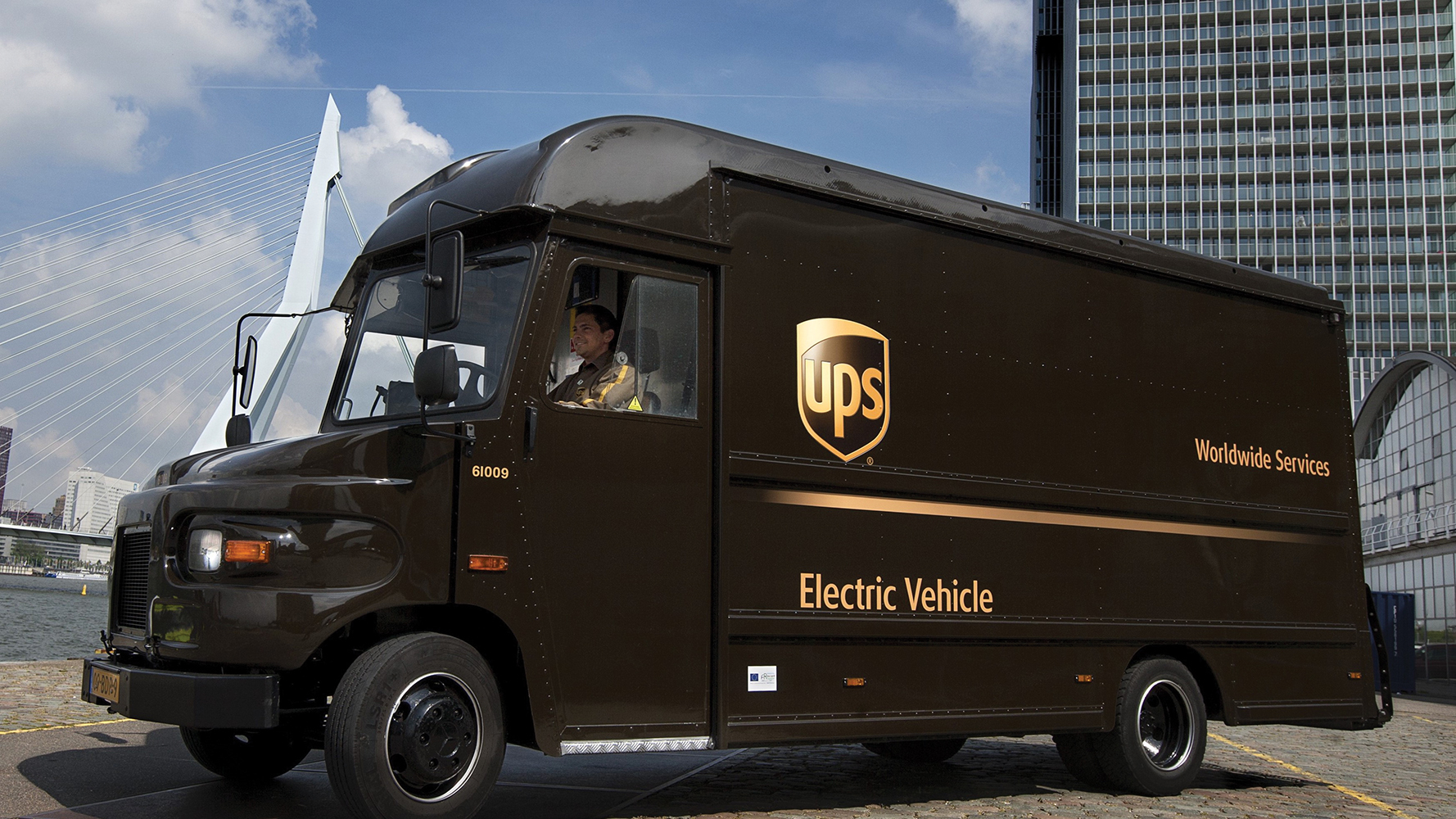
Your sleep is troubled. You dream of delivery vans converging outside from Amazon, FedEx and UPS. A grocery delivery car parked alongside. A pizza delivery guy just showed up, just ahead of another guy from the Chinese restaurant. Circling overhead is the whirring sound of a drone from another fast-food place. Phone’s ringing: Wal-Mart calling to say your order is ready to be picked up, or they deliver. It’s a front yard traffic jam!
A nightmare vision? Too much home delivery going on! Isn’t it wonderful? Or is it a pain?
Some may fondly recall the old days a century ago, when home delivery meant the clopping milkman’s horse pulling a wagon with dairy products he’d place at your door in the wee hours. Later, the ice man would stop by with a block needed to preserve them, sized to the sign in a front window, 10 or 20 pounds today for the ice box, ma’am?
In a sort of back-to-the-future moment, we are caught somewhere in between.
Logistics experts call it the last mile — the very last part of the journey to get products into your hands, when a parcel moves from a fulfillment center to your front porch. And it’s expensive.
The process starts when you place an order online. The order may go to the producer half a world away or to a warehouse close to home where the product is already sitting on a shelf. The product gets pulled, consigned to a shipper and routed toward your home. It’s probably easier for something routine that’s in no special hurry; more complex for groceries or restaurant-prepared food.
Let’s take some recent Alabama examples highlighting the situation. You’ve probably heard about the failed attempt to unionize some 6,000 workers at the Bessemer Amazon warehouse. It’s a fulfillment center, where multi-story shelves contain an incredible inventory. When your order comes in, pickers track down the items and box your purchase, which travels via automated conveyors to the correct delivery van.
The last mile begins.
Another Amazon warehouse is rising in east Birmingham, on the site of old Century Plaza. Not so long ago, this was a red brick shoppers paradise of big name retailers. But the stores all closed and the mall has been vacant.
One of the reason malls like Century Plaza are empty is that online retailers like Amazon deflated their business. Why visit the store when you can order online?
What had been a trend skyrocketed with the pandemic — even more ordering online.
So, products you used to shop for and carry home in your car, now have to be shipped.
Some stores ship their own goods; some hire shopping services like Birmingham-based Shipt; restaurants might work with a specialty service like Grubhub or Dapper Deliveries.
Some are preparing to take to the skies with drone deliveries. A new Mobile company, Deuce Drone, hopes to be on the job this year.

Justin Patton, director of the Radio Frequency Identification (RFID) lab at Auburn University, keeps a keen eye on delivery trends.
“The overall trend has accelerated by non-traditional channels,” he believes. That is, major kinks in the supply chain are impacting last-mile logistics.
For example, Patton says, the pandemic upset the demand for clothing and accessories because far fewer people were going to the office or anyplace else where they needed wardrobe updates. The same phenomenon meant more demand for electronic goods.
All this has upset inventory planning, distribution and delivery — a lightning strike hitting data that has in the past predicted long-term consumer trends.
The Auburn RFID lab works with tasks as mundane as bar-coding Auburn football tickets and as esoteric as gathering data that drives supply chain decisions.
Patton is unsure whether drones will have an immediate impact on last-mile delivery, since their payload is limited, they are subject to weather and night-time restrictions and it’s unclear who regulates their movements: Federal Aviation Administration? What if people complain about drones overhead all day long, crashing into each other and spilling cargo? Or in rural areas shot-gunning drones for sport, a notion Patton found comical but agreed could happen — just like the unlawful rise of “porch pirates” who brazenly grab packages from doorsteps, a rising crime category captured on doorbell security cameras.
But Patton also sees life stirring in the U.S. Postal Service, which has responded with more parcel delivery options.
That’s important because the last mile can account for upward of half the total cost of the purchase. Shoppers want the seller to absorb that cost, but often foot the bill for grocery and fast-food delivery.
Whoever is paying, experts say it’s time to trim the last-mile cost.
UPS is boasting about electronic vehicles to trim fuel costs and considering driverless vehicles to trim personnel costs. Perhaps such changes are just over the horizon, ready to shrink that last and most-expensive mile.
Whatever the solution, it probably won’t be a horse-drawn milk wagon.
This story appears in the June 2021 issue of Business Alabama magazine.



